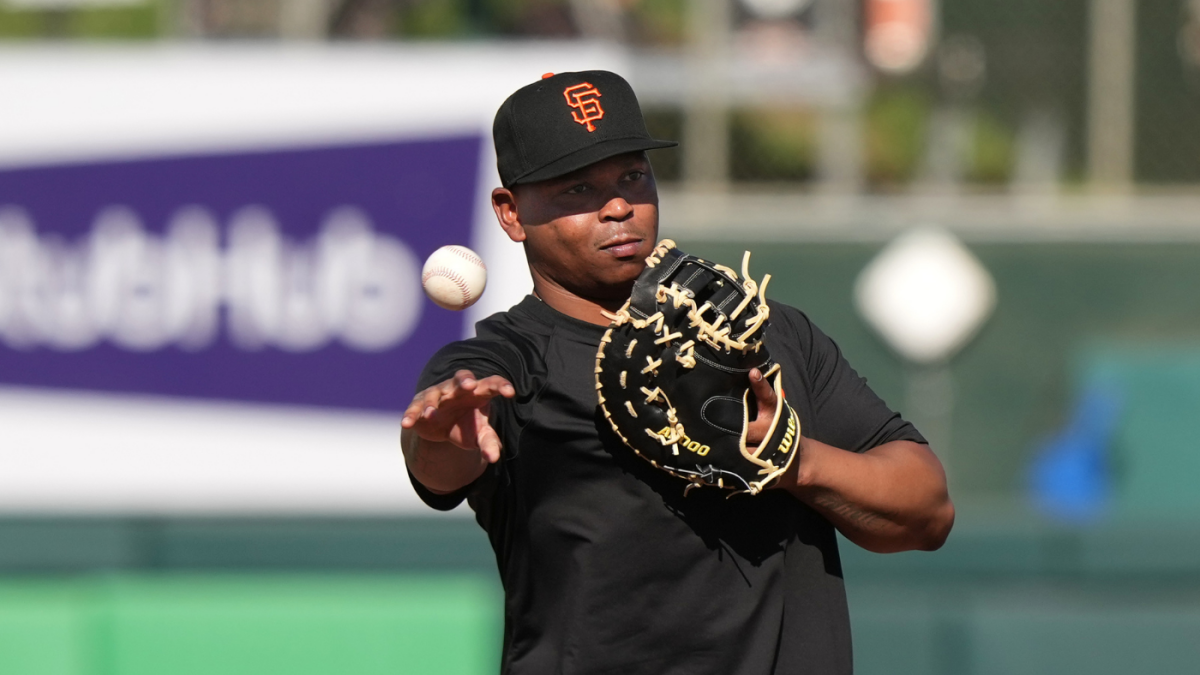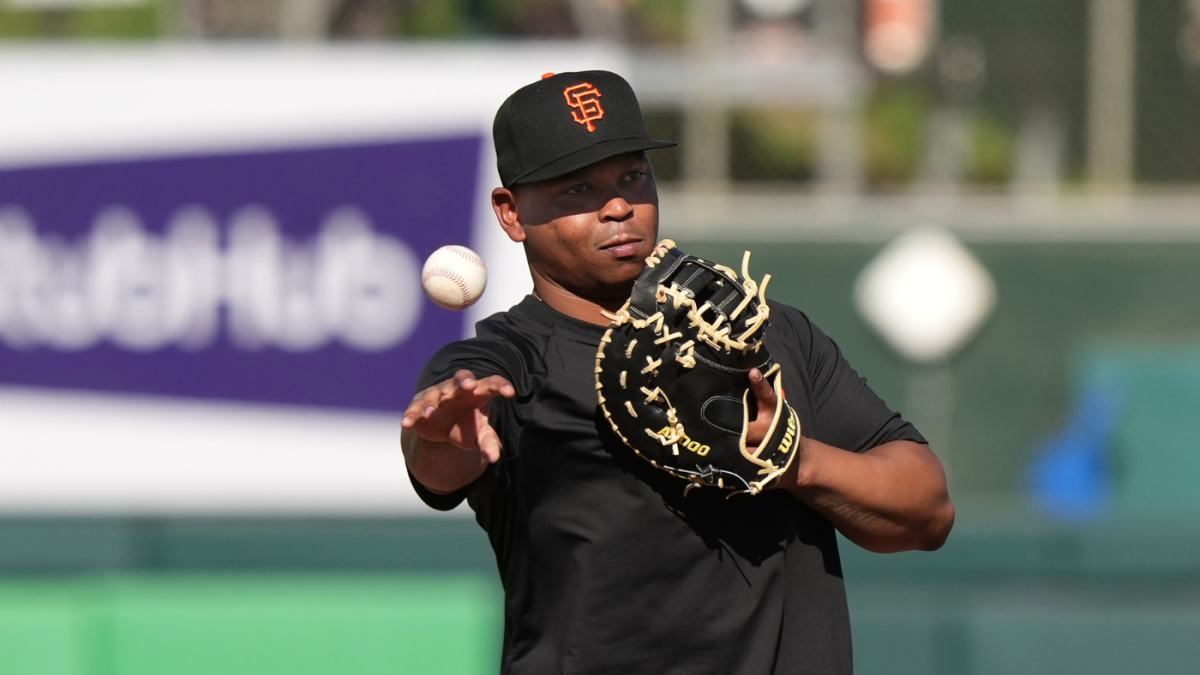The Curious Case of Rafael Devers and First Base: A Fresh Start in San Francisco
A New Chapter in the Bay Area
Rafael Devers’ journey from Boston to San Francisco has been nothing short of a rollercoaster. The slugging infielder, once a cornerstone of the Red Sox, now finds himself in a new city, a new uniform, and a new position. The transition from third base to first base, a move he once resisted, has become a defining narrative of his career. This shift is not just about a change in position; it’s about a change in mindset, a fresh start, and a potential key to unlocking both Devers’ future and the Giants’ success.
From Resistance to Acceptance: The Evolution of Rafael Devers
Devers’ initial reluctance to play first base was well-documented. While with the Red Sox, he openly resisted the idea, even refusing to participate in workouts at the position. His stance was rooted in a desire to remain at his natural position and a belief that he could improve his defensive performance at third base. However, the Red Sox’ front office saw things differently. They viewed the shift as a way to maximize Devers’ offensive talents while minimizing his defensive liabilities.
The friction between Devers and the Red Sox organization ultimately contributed to his trade to the Giants. Upon arriving in San Francisco, Devers adopted a strikingly different tone. He expressed a willingness to play wherever the Giants needed him, including first base. This sudden shift in attitude raised eyebrows and sparked speculation about the underlying reasons for his change of heart.
One possible explanation is that the fresh start in San Francisco provided Devers with a new perspective. Freed from the baggage and expectations of Boston, he may have felt more open to embracing a different role. Additionally, the Giants’ management likely presented a compelling vision for his future with the team, emphasizing the importance of versatility and a team-first attitude.
The First Base Experiment: Opportunities and Challenges
The Giants’ decision to experiment with Devers at first base presents both opportunities and challenges. On the one hand, it allows them to utilize his offensive talents while potentially improving their overall defensive alignment. With Devers at first, the Giants can explore other options at third base, potentially strengthening a position that has been a source of inconsistency.
From Devers’ perspective, embracing first base could extend his career and increase his long-term value. While he may have initially resisted the position, demonstrating versatility could make him a more attractive player to future teams. Moreover, a successful transition to first base could silence his critics and showcase his commitment to team success.
However, the transition to first base is not without its obstacles. Devers has spent his entire career playing third base, and learning a new position at the major league level is a significant undertaking. He will need to master the nuances of fielding ground balls, covering the bag, and making accurate throws. Additionally, he will need to develop a rapport with his fellow infielders and learn how to effectively communicate on the field.
Despite these challenges, the early returns have been promising. In his first start at first base against the Atlanta Braves, Devers appeared comfortable and made several solid plays. While it is still early in the experiment, his initial performance suggests that he is capable of making a successful transition to the position.
The Intangible Benefits of Versatility
The impact of Devers’ willingness to play first base extends beyond the realm of statistics and box scores. His willingness to embrace a new role sends a powerful message to his teammates and the Giants’ fanbase. It demonstrates a commitment to team success and a willingness to put the team’s needs ahead of his personal preferences. This type of attitude can be contagious, fostering a positive and collaborative environment within the clubhouse.
Furthermore, Devers’ versatility provides manager Bob Melvin with greater flexibility in constructing the lineup. He can now utilize Devers at either DH or first base, depending on the matchups and the needs of the team. This flexibility allows Melvin to optimize the lineup and put the team in the best position to win.
Conclusion: A Story of Adaptation and Growth
Rafael Devers’ journey to the San Francisco Giants and his subsequent embrace of first base represents a fascinating chapter in his career. What once seemed unthinkable has now become a reality, and the potential benefits for both Devers and the Giants are significant. While challenges remain, his initial willingness and positive attitude suggest that he is capable of making a successful transition to the position.
This story is not just about a player adapting to a new position; it’s about a player growing and evolving in his career. It’s about a team finding new ways to maximize the talents of its players. And it’s about the intangible benefits of versatility and a team-first attitude.
Only time will tell how this story unfolds, but one thing is certain: Rafael Devers’ future in San Francisco is filled with possibilities. His transformation from a reluctant third baseman to a versatile team player could be the key to unlocking his full potential and propelling the Giants to new heights. He may find that first base, once a point of contention, becomes the unexpected key to a fulfilling and successful chapter in his baseball story.












